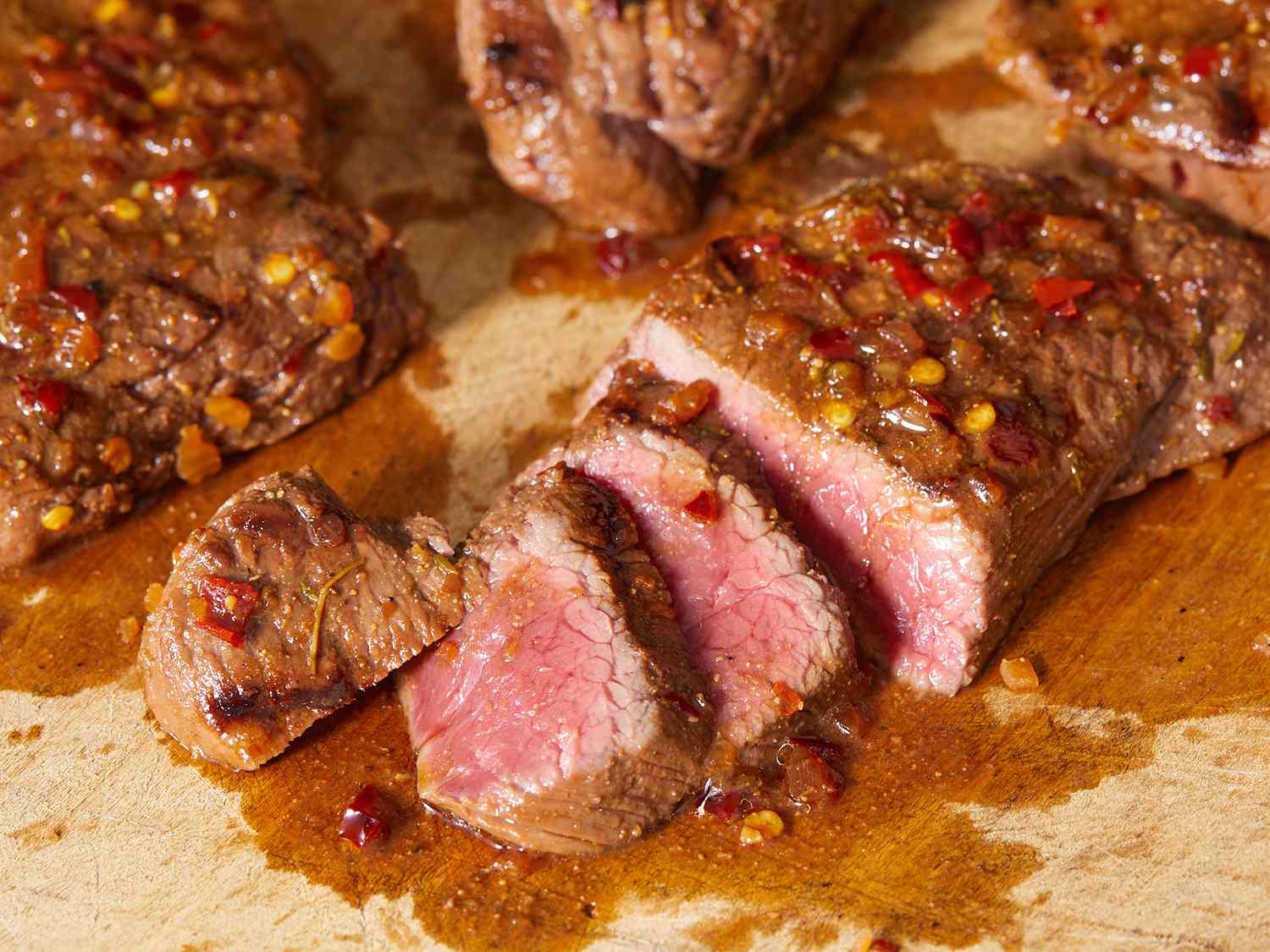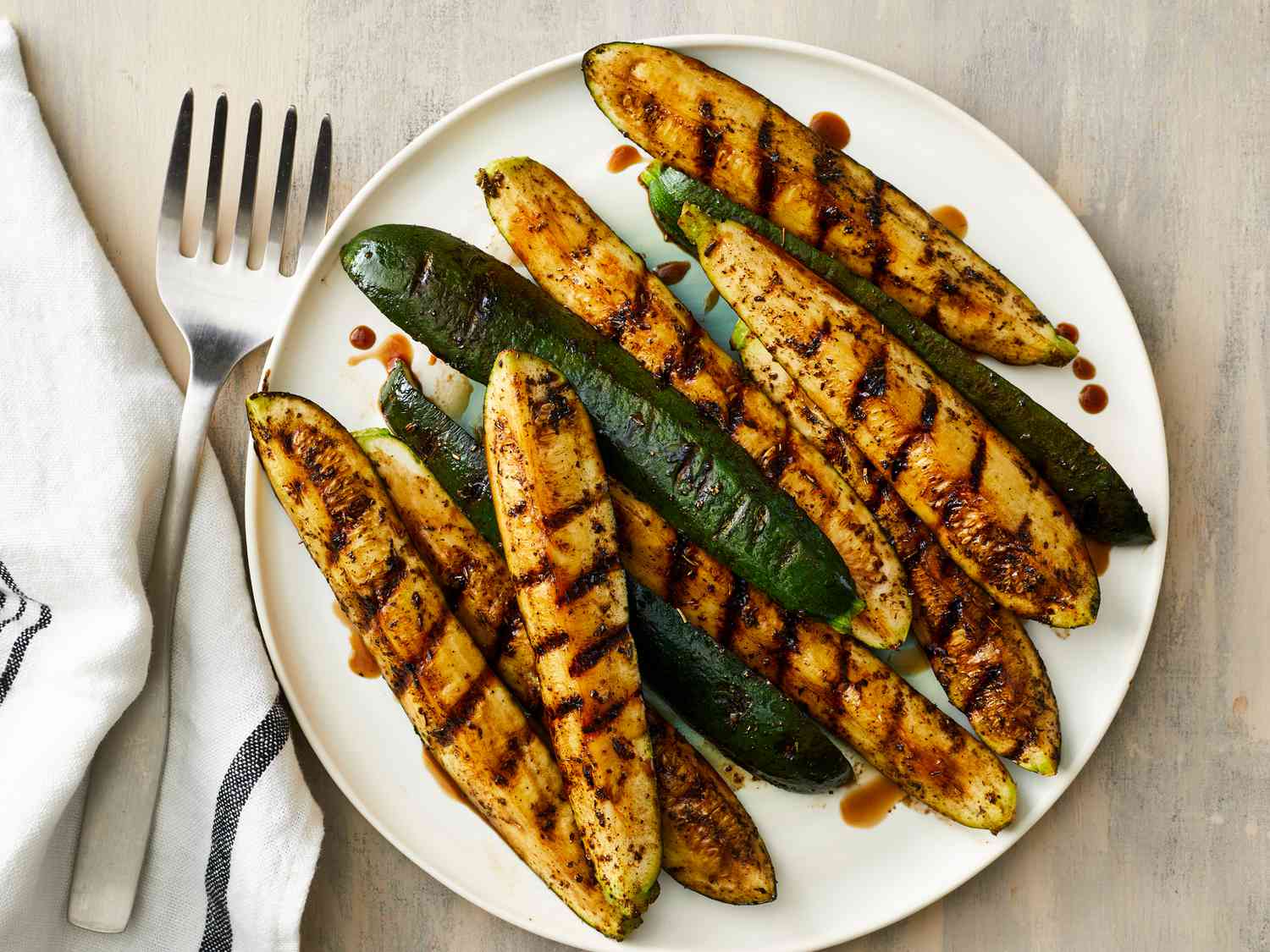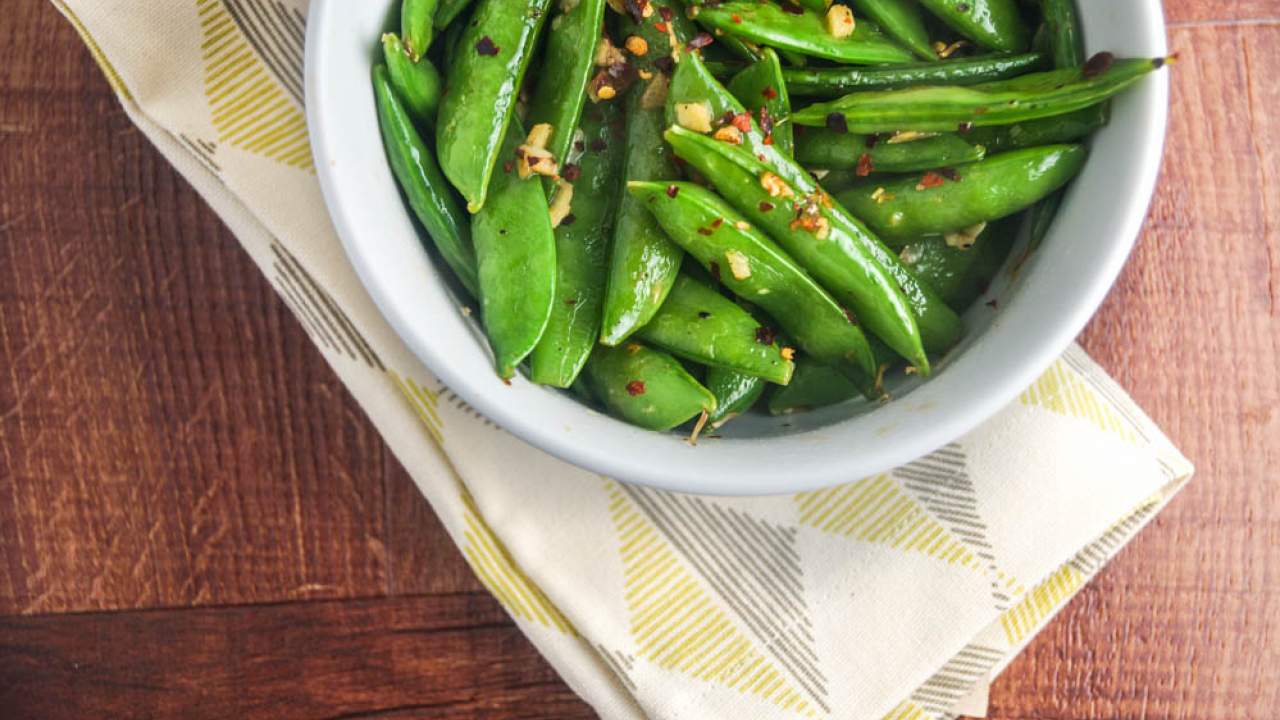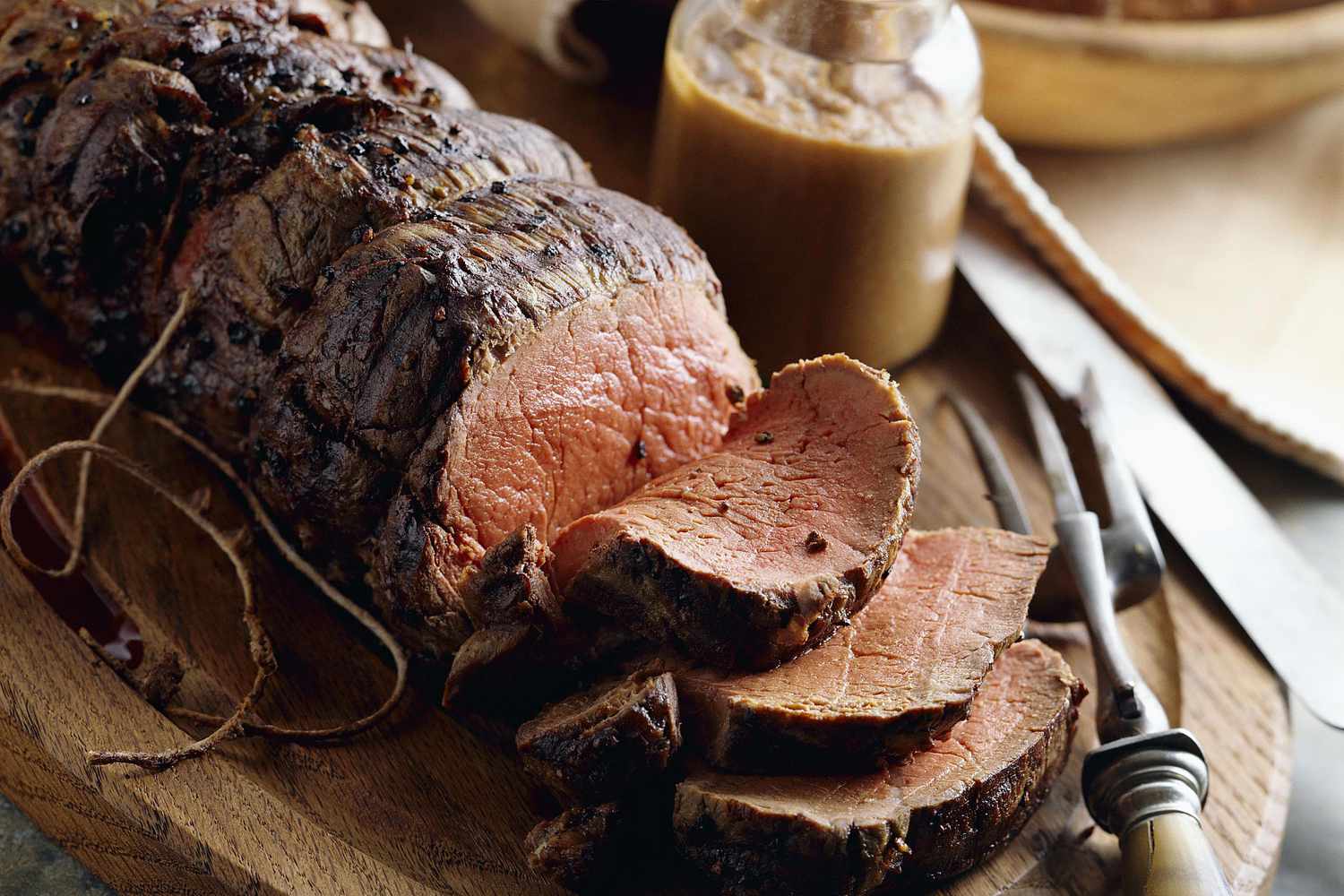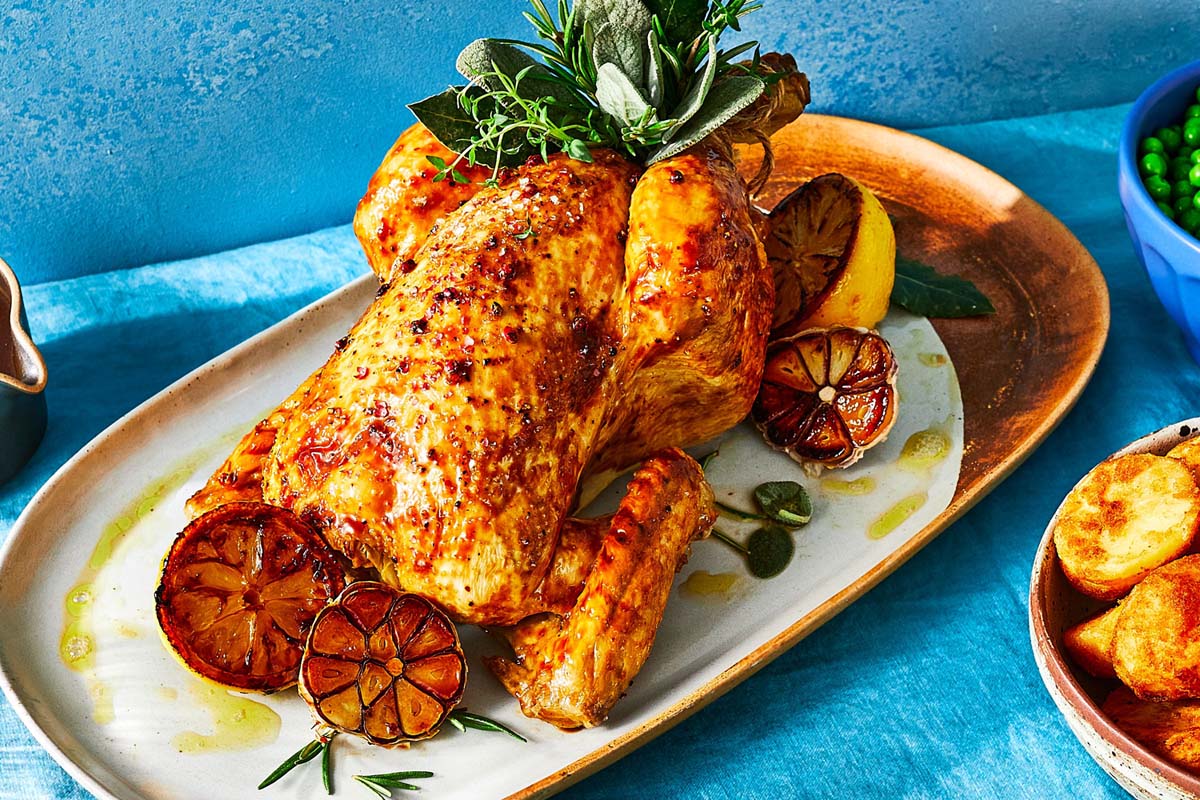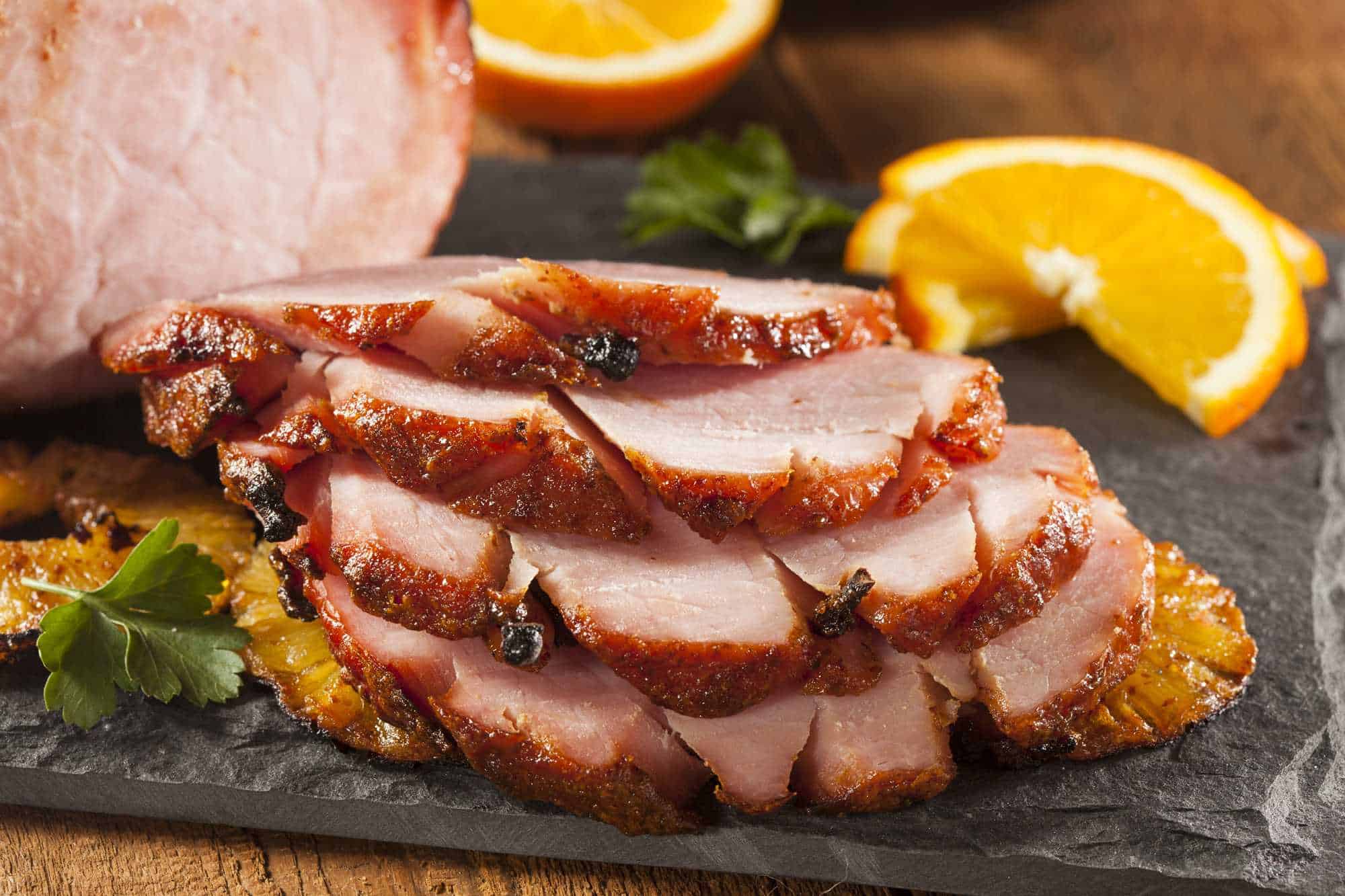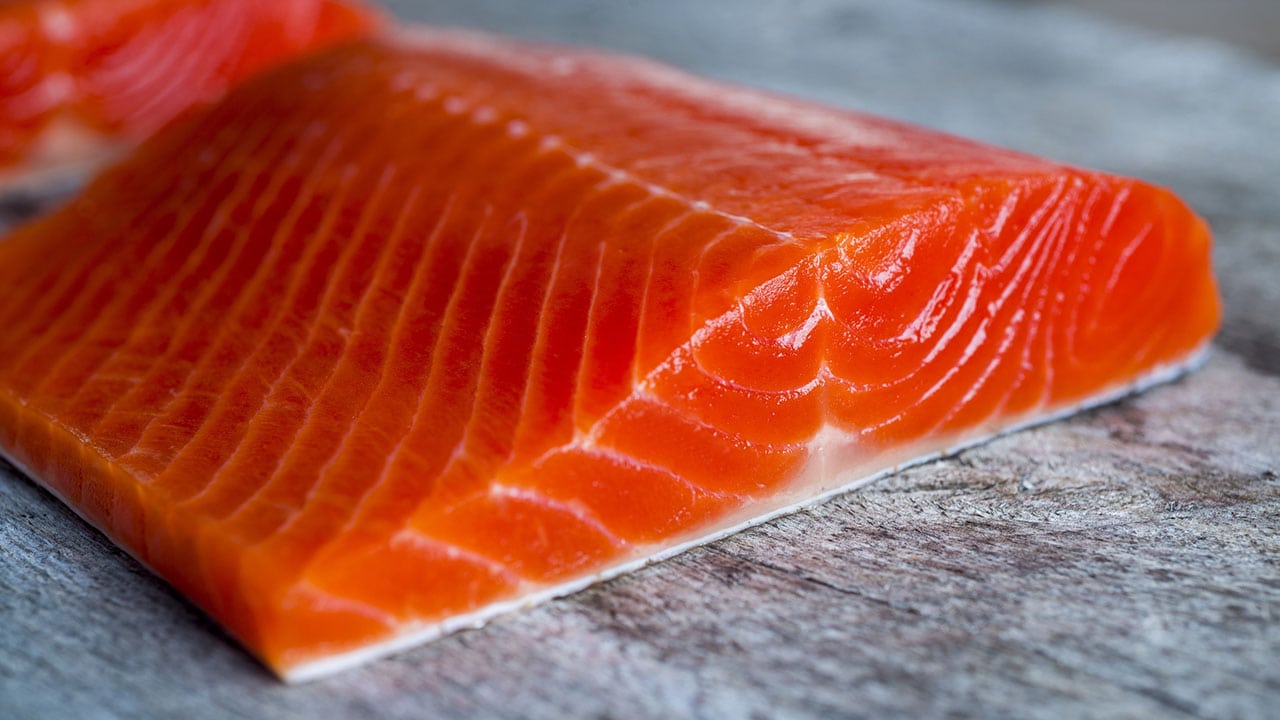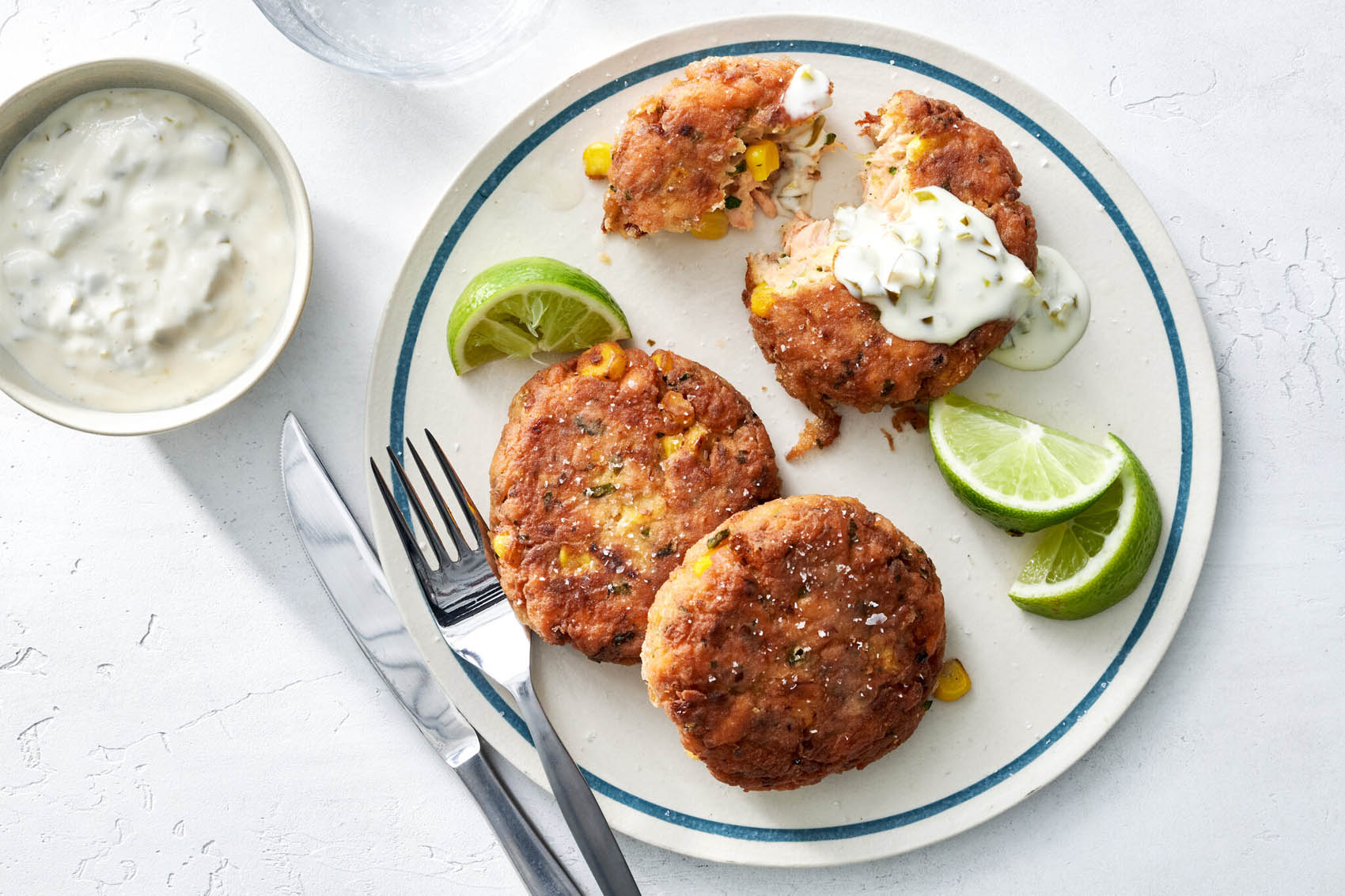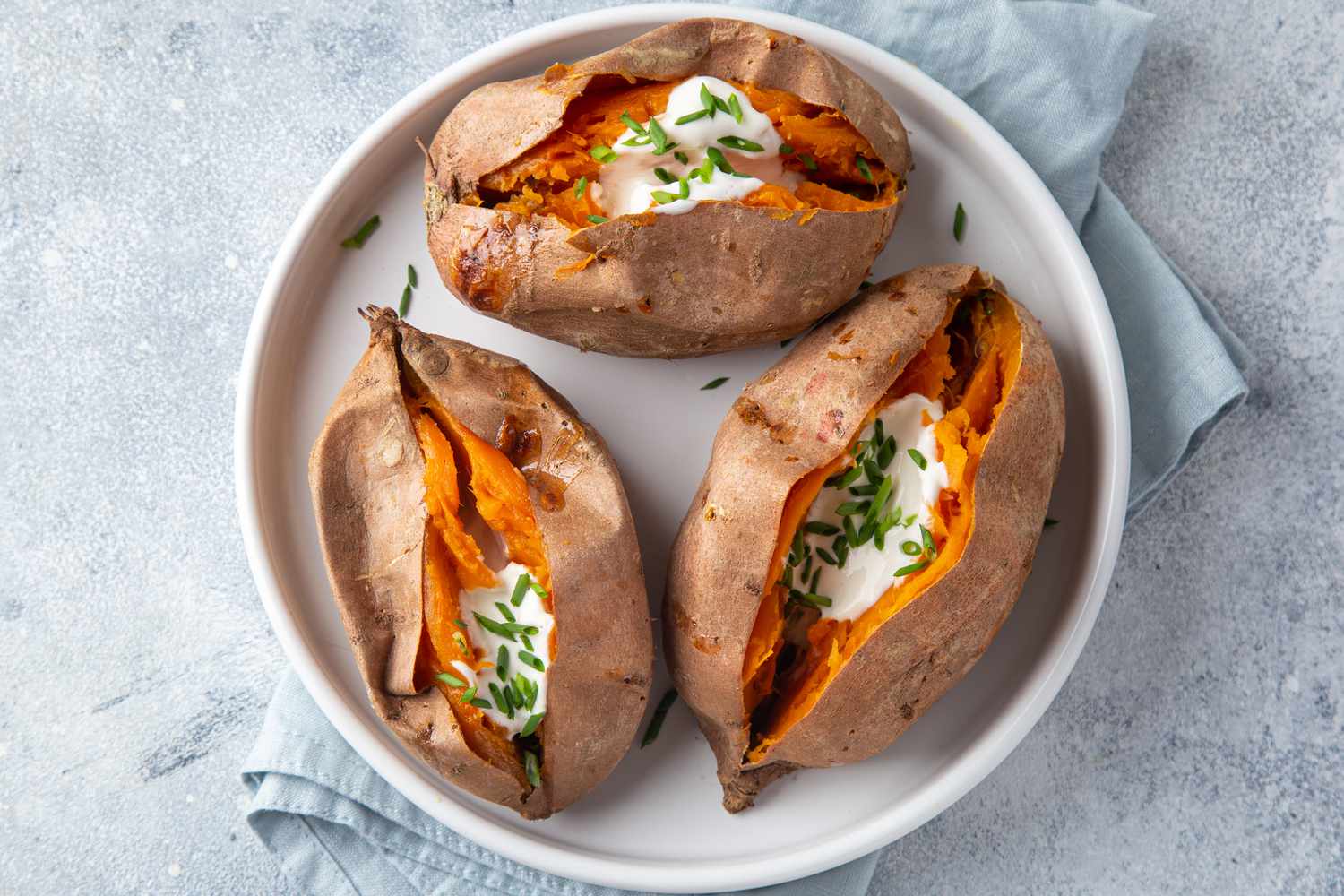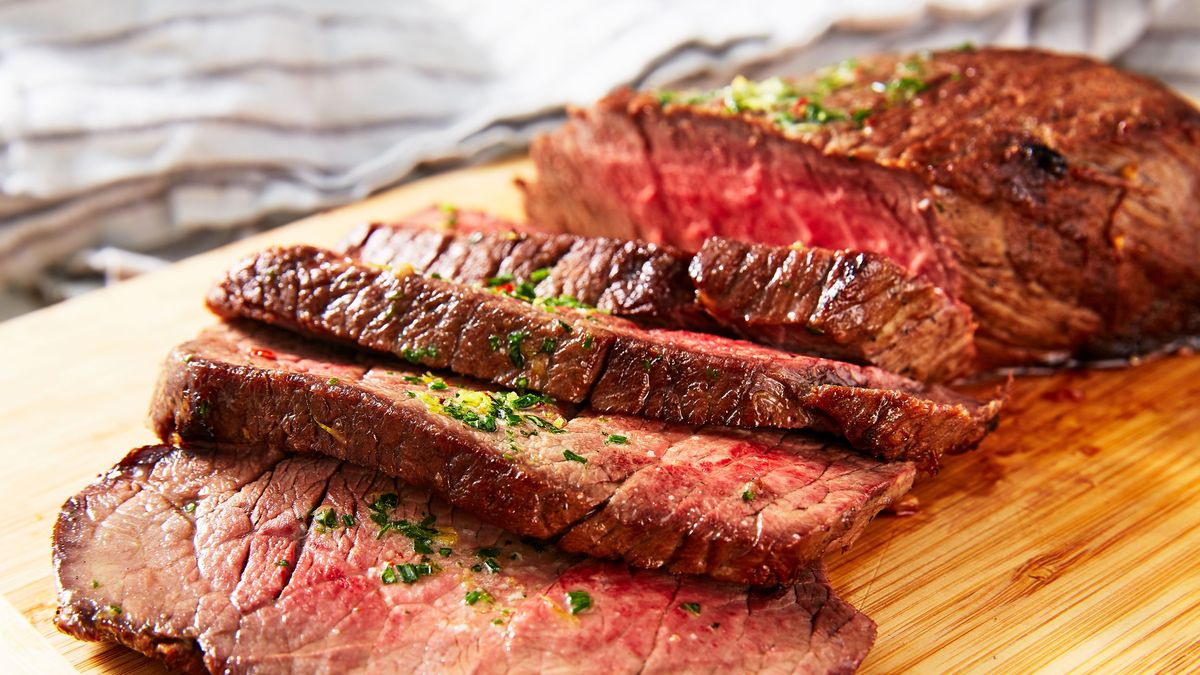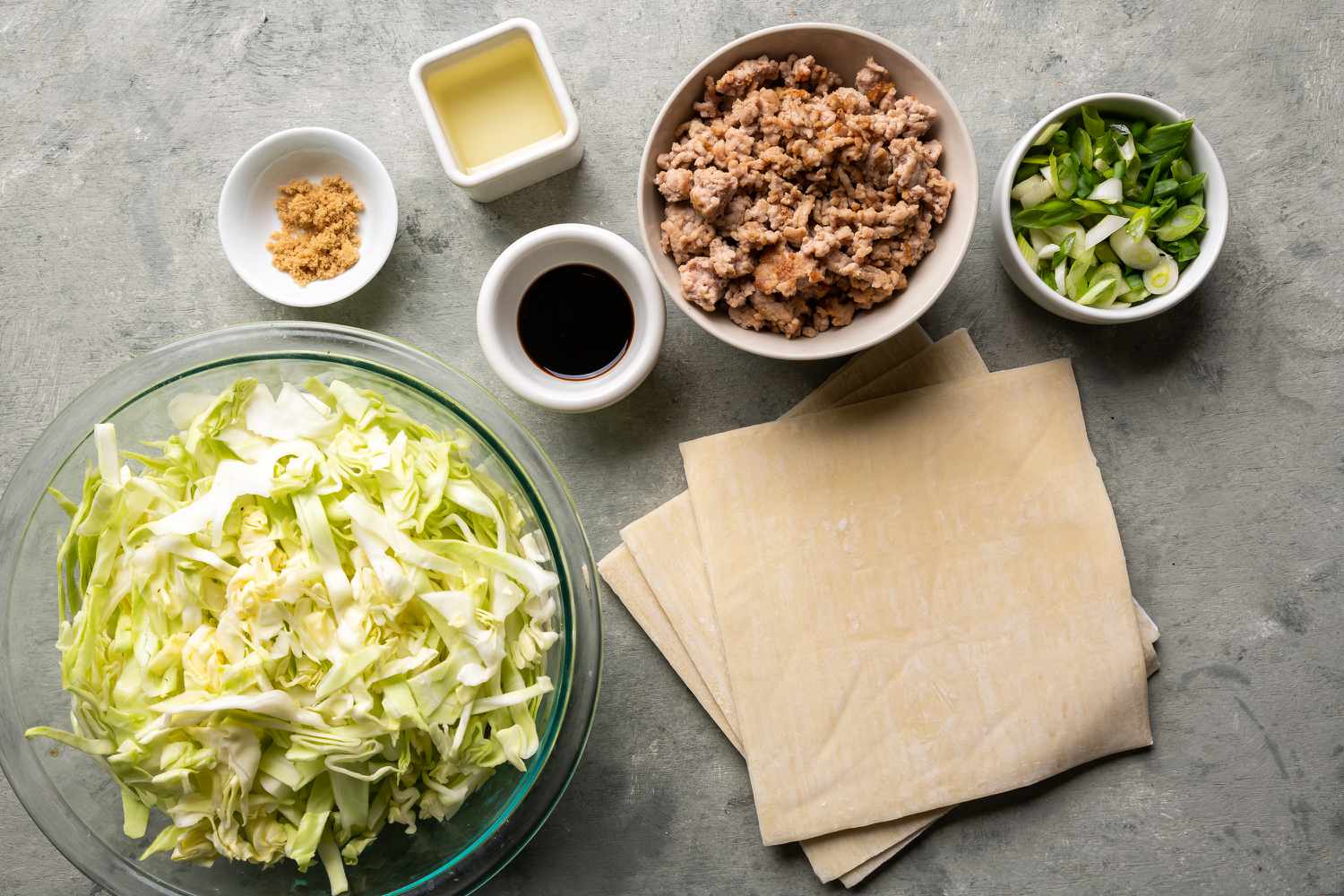Mastering the Art of Cooking a Delectable Pork Tenderloin Wrapped in Bacon
There’s something irresistibly delicious about the combination of tender pork and crispy bacon. One surefire way to elevate the flavors is by mastering the art of cooking a pork tenderloin wrapped in bacon. In this comprehensive guide, we’ll walk you through the steps to create a mouthwatering dish that will have your taste buds dancing with joy.
Ingredients you will need:
- 1 pork tenderloin
- 8-10 strips of bacon
- 2 tablespoons of olive oil
- 3 cloves of garlic, minced
- 1 teaspoon of dried thyme
- 1 teaspoon of paprika
- Salt and pepper to taste
Step 1: Preparing the Pork Tenderloin
Start by preheating your oven to 375°F (190°C). Grab your pork tenderloin and pat it dry with a paper towel to remove any excess moisture. This step is crucial to achieving a perfectly crisp bacon crust.
Step 2: Seasoning the Pork Tenderloin
In a small bowl, combine the minced garlic, dried thyme, paprika, salt, and pepper. Rub this flavorful mixture all over the pork tenderloin, ensuring it is evenly coated. Allow the seasonings to infuse into the meat for at least 20 minutes before moving on to the next step.
Step 3: Wrapping the Pork Tenderloin in Bacon
Take your strips of bacon and carefully wrap them around the pork tenderloin, slightly overlapping each strip. The bacon not only adds a layer of smoky goodness but also helps to keep the meat moist during the cooking process.
Step 4: Securing the Bacon
To prevent the bacon from unraveling during cooking, you can use either kitchen twine or toothpicks. If using twine, tie it around the bacon-wrapped pork at regular intervals. For toothpicks, simply insert them through the bacon into the pork to keep everything in place.
Step 5: Searing the Pork Tenderloin
In an oven-safe skillet or frying pan, heat the olive oil over medium-high heat. Carefully place the bacon-wrapped pork tenderloin into the pan and sear it on all sides until the bacon starts to turn crispy, usually for about 2 minutes per side.
Step 6: Finishing in the Oven
Transfer the skillet with the seared pork tenderloin into the preheated oven. Allow it to cook for approximately 15-20 minutes or until the internal temperature reaches 145°F (63°C). Cooking times may vary, so it’s best to use a meat thermometer to ensure accuracy.
Step 7: Resting and Serving
Remove the bacon-wrapped pork tenderloin from the oven and let it rest for a few minutes. This resting period allows the juices to redistribute throughout the meat, resulting in a juicy and flavorful dish. Slice the tenderloin into medallions and serve it alongside your favorite sides, such as roasted vegetables or creamy mashed potatoes.
Now that you’ve mastered the art of cooking a pork tenderloin wrapped in bacon, it’s time to unleash your culinary skills and impress your family and friends. This mouthwatering dish is perfect for any occasion, whether it’s a casual weeknight dinner or a special gathering. Enjoy!
Was this page helpful?
Read Next: How To Cook Pork Skin Chicharon
